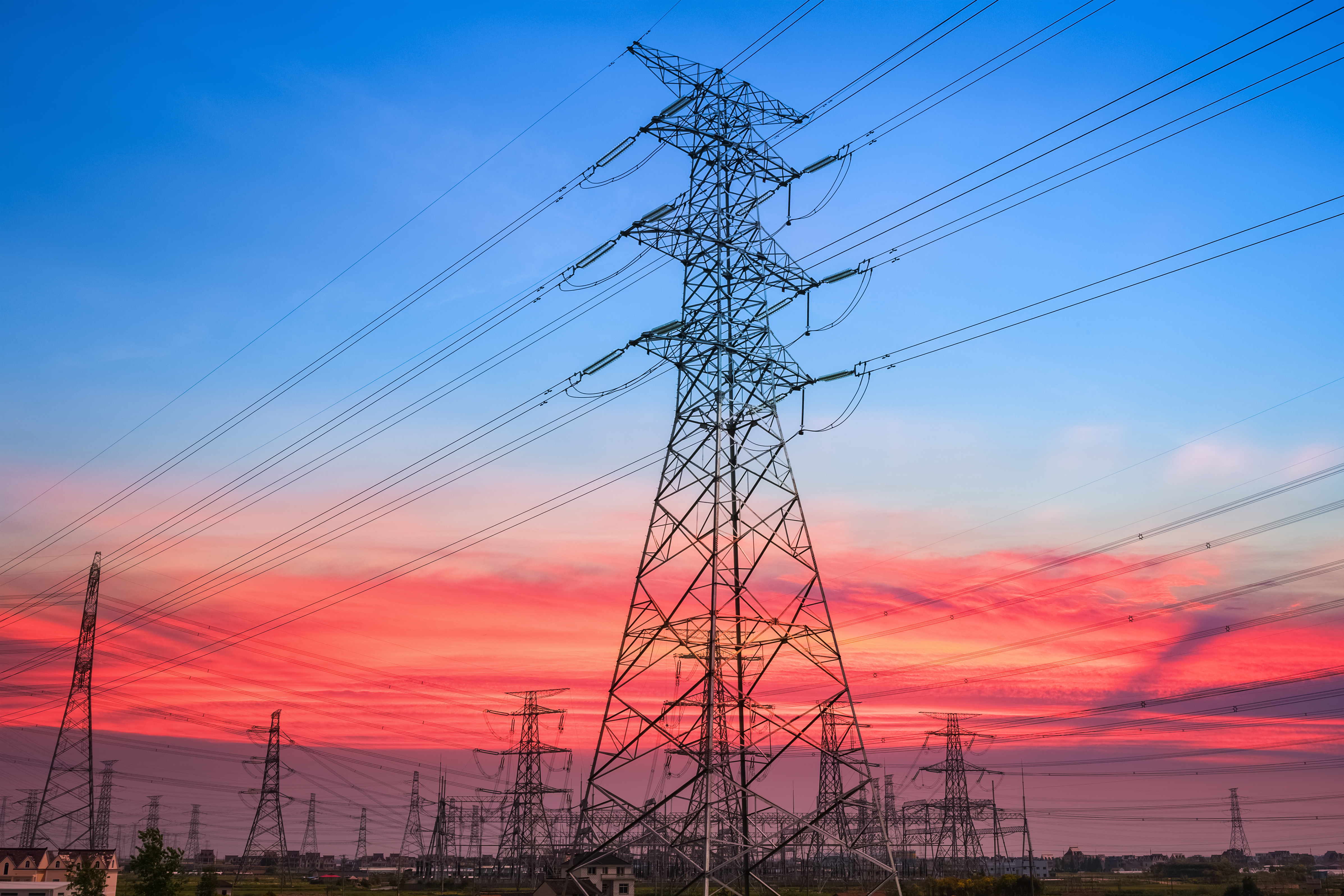Collaboration carves the path towards the growth and development of the UK energy industry. Key players in the sector have formed strategic partnerships throughout the years to add more value to energy products and services, enhancing the experience of consumers across the country. The Energy Networks Association (ENA) is one such organisation that represents network operators in the electricity and gas industry, ensuring safety, reliability, and sustainability.
ENA’s initiative, the Open Networks Project, is a significant collaboration between local distribution networks and national transmission networks to deliver a smart energy grid in the UK. Here’s everything you need to know about the programmer and what big things are in store for 2020.
What is the Open Networks Project?
The Open Networks Project is a joint initiative by the ENA to deliver Government policies sanctioned by the Ofgem and BEIS through the Smart Systems and Flexibility Plan, Clean Growth Plan and the Government’s Industrial Strategy. It is set on transforming the way energy networks by introducing new technologies and attracting investments that spur business growth and economic development.

Delivering advanced technologies to make the grid smarter and more reliable than ever allows customers to take control of their energy consumption to lower costs. It also enables distribution network operators (DNOs) to manage and answer power outages and periods of low and high demand efficiently using innovative low-carbon solutions.
ENA’s Open Networks Project is also designed to promote standardization and good practice in the UK energy to simplify the market and help consumers understand the way the industry works. DNOs are involved in developing flexible solutions to synergise balancing services and enhance future distribution system operator models across the globe.
The Open Networks Project gathers nine electricity grid operators in Britain and Ireland, the British Government, Ofgem, esteemed academics and non-government organisations. It takes a whole energy system approach, consultation with stakeholders, and the Advisory Group of the gas networks.
What Has Been Done Over the Years?
In 2017, the Open Networks Project successfully defined the Distribution System Operator and determined the core functionalities and competencies of the vital designation, regardless of the allocation of responsibilities and role in a particular market model. A living road map to transform traditional network operation to DSO, including mapping out several potential market models to learn about the implications or DSOs.
In the same year, the organisation identified critical issues in the transmission to distribution processes and devised action plans to enable whole system requirements. The project helped tackle issues in charging variations, providing the data to feed into Ofgem’s charging review work.

Investment planning for the whole system was also undertaken, building potential models to ensure that customers get the best energy services. It has enabled the roll-out of new processes for the transmission works to ensure active customer distribution connections.
Flexibility services market became the focus in 2018, delivering technology-based services such as battery storage or demand-side response. These services lowered costs for the public and integrated more low-carbon energy solutions that benefit all sectors. DNOs contracted over 270 MW in flexibility services and 7,328 MW across the system catered towards network management, operational tripping schemes, and flexible connections. Personal data protection was also highlighted throughout the process.
In its third year of development, the Open Networks Project made progress towards a smarter grid by opening and expanding local markets to flexibility services and securing agreement on the establishment of DSOs.
Additionally, the project helped establish the System-Wide Resource Register for transparency of data, and simplified connections process for consumers who opt for clean energy. In 2019, 947 MW of flexibility services tendered to the DSO, edging closer to the goal of the initiative.
What is in Store for 2020?

The Open Networks Project aims to push Britain as a superpower of renewable energy by standardizing practices and processes that champion the Net Zero target. The transition towards a smart grid is fostered by significant work on open data, flexibility in local markets, and collaboration with community groups.
An eight-week consultation with key stakeholders across the industry is currently underway, lasting until 17 March 2020. The 2020 Work Plan is designed to shape the full scope and direction of the initiative and to gather feedback on timelines and priorities.
The fourth year of the Open Networks Project will focus on alignment and standardization across Work streams, with key industry stakeholders starting to reap the benefits of the project outputs. The ENA anticipates a more straightforward process for new players to enter the local market and deliver clean energy confidently.
In the summer of 2020, the DSO Implementation Plan is set to be released to ensure a smooth transition to DSO from traditional network operation. This plan is designed to establish decisions and actions for a successful change to a smart grid from this year until 2050.